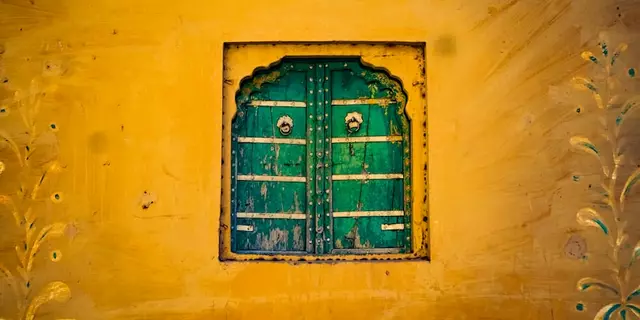Fences: How to Pick, Install, and Care for the Right One
Ever stared at your yard and felt something's missing? Maybe it's a fence that adds privacy, keeps pets safe, or just looks good. The right fence can change how you use outdoor space, and you don’t need to be a pro to get it right. Below are simple steps to help you decide, put it up, and keep it looking fresh.
Know Your Fence Types
First, figure out what you need. Wood fences give a classic look and can be stained or painted, but they need regular sealing. Vinyl is low‑maintenance, resists rot, and comes in many colors, though it can be pricier. Metal options like wrought iron add elegance and security, yet they can rust if not coated. Chain‑link is cheap and sturdy, perfect for a backyard enclosure, but not the most private. Finally, bamboo offers a tropical vibe and eco‑friendly feel, but it may need extra support in windy areas.
Installation Tips You Can Do Yourself
Measure twice, buy once. Walk the perimeter where the fence will go and mark post spots about 6‑8 feet apart. Use a post‑hole digger or a power auger to make holes 12‑18 inches deep—deeper if you have heavy soil or live in a windy zone. Add a few inches of gravel for drainage, then set the post in concrete and let it cure for 24 hours. Attach rails and panels with galvanized screws to prevent rust. A level, a string line, and a little patience are all you need for a straight line.
If you’re not comfortable with concrete, consider a fence kit that uses metal brackets and pre‑drilled holes. These kits snap together and still give a solid result, saving time and cleanup. Remember to check local building codes—some neighborhoods have height limits or require permits for certain fence materials.
When you’ve got the basics down, add the finishing touches. A simple gate with a latch can be bought at a hardware store; just make sure it swings the right way and doesn’t sag. For privacy, attach lattice or climbing vines to the back of a wooden fence. A coat of sealant or paint will protect the wood from moisture and sun, extending its life by years.
Maintenance doesn’t have to be a chore. For wood, clean off dirt with a hose, sand rough spots, and reseal every 2‑3 years. Vinyl just needs a wash with soap and water. Metal fences benefit from a quick rust‑check: scrub any spots with a wire brush and touch up with a rust‑inhibiting paint. Chain‑link can be sprayed with a rust‑proof coating if it starts to show wear.
Cost is another factor that shapes your choice. Basic chain‑link might run $7‑$12 per foot, while vinyl typically costs $20‑$30 per foot installed. Wood sits in the middle at $12‑$20 per foot, depending on the species. Budget‑friendly DIY installation can cut labor costs dramatically, but always compare the price of materials, tools, and your time.
Finally, think about the purpose. If you need a pet barrier, a 4‑foot tall wood or vinyl fence works well. For security, a 6‑foot tall steel fence with a lockable gate is best. For curb appeal, match the fence style to your home’s architecture—colonial houses often look great with white picket fences, while modern homes pair nicely with sleek metal or glass panels.
Choosing, installing, and maintaining a fence is all about matching your needs, budget, and style. With a little planning and the right tools, you can create a boundary that adds value, safety, and beauty to your property—and you’ll feel proud every time you step outside.
All gaps on India's border fences will be covered by 2022?
India's government has announced plans to complete construction of fence along the country's entire border by 2022. The project is part of the government's effort to strengthen security along the country's borders and prevent illegal activities such as smuggling, human trafficking and terrorist infiltration. The fence is expected to be a combination of physical barriers and advanced technological solutions. The project is set to cover 3,323 kilometers of India's land border and 7,516 kilometers of the country's coastal area. Once complete, the fence will provide 24-hour surveillance using biometric and other technological systems. This will ensure that no gaps remain in India's border security.






